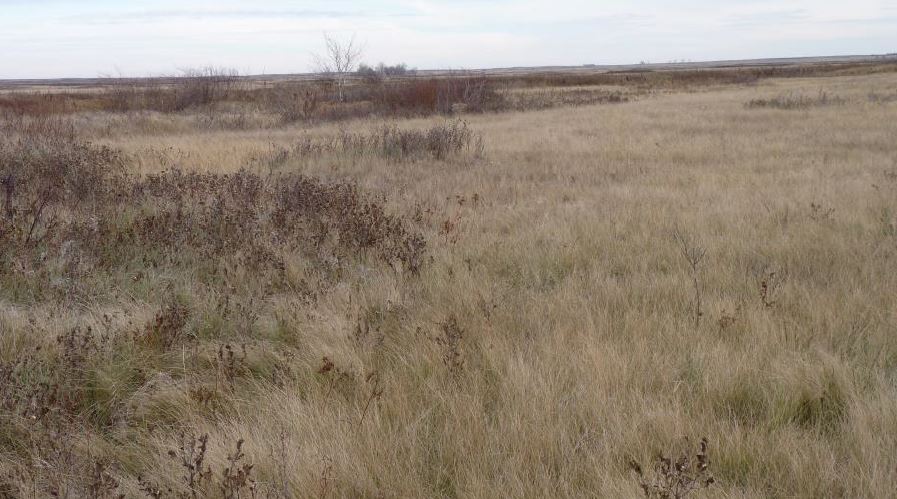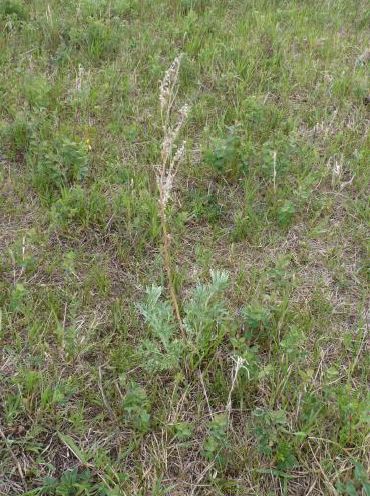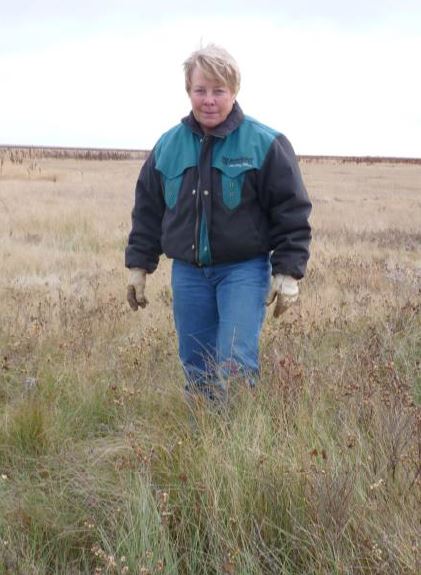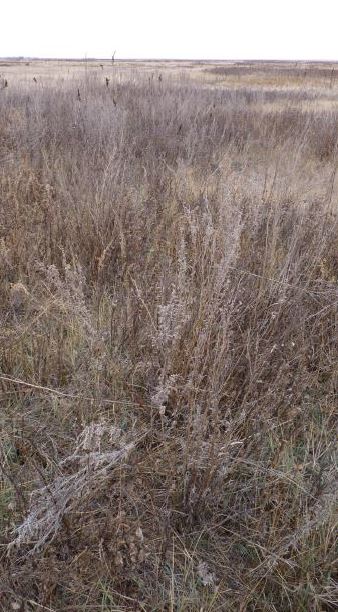| Type | CEC-support Ranch Pilot |
| Organization | Veno Ranch |
| Country | Canada |
| Region | Hanna, Alberta |
| Grass Type | Mixed-grass |
| # of head of cattle | 600 cow/calf pairs |
| Hectares | 5,050 |
| Language | English |
| Date modified | August 2015 |
With her husband Murray McArthur, Marj Veno’s operation has grown from a 120-head commercial cow herd to 300 purebred and 300 commercial Angus cows on 5,050 hectares, the majority of which is native range. The focus of the operation is grazing with limited time on feed, utilizing fields of native range along with some reseeded forage. Native range is an important component of late fall and winter grazing.
Unfortunately, absinth has become established in pastures near the home yard (native and reseeded areas) since the local roadway was re-done several years ago. Marj has battled the weed with mowing and limited spot spraying but it continues to thrive and is moving into more and more hectares each year. She is concerned further spread of this competitive plant will reduce the quality and amount of edible forage in her pastures.
Marj has kept track of the methods used in attempts to control the absinth during the past few years. She and Murray maintain excellent records within their operation, including cattle numbers and turn-in and out dates for each pasture. They are good land stewards and manage for long-term sustainability.
The purpose of this project was to demonstrate the benefits of controlling absinth by mowing and vigilant use of a selective herbicide, RestoreTM II—chosen because it has proven effective in controling absinth (Saskatchewan ADOPT Project #20110289) and will not harm either the native or re-seeded grass.
A small demonstration of RestoreTM II and ReclaimTM (a broad spectrum herbicide) was established in Veno Ranch pastures by the Chinook Applied Research Association in partnership with Dow Agrisciences. RestoreTM II was purchased by Marj Veno and applied with a quad-mounted sprayer to targeted absinth growth in native and reseeded pasture. Headland areas as well as fencelines were also sprayed to prevent further spread of the invasive weed. Large areas of absinth growth within the pastures were mowed with a 3-point hitch flail mower. Ditches along a road that runs through the Veno property were also mowed.
Growth of both the desired native and reseeded grasses as well as the growth and spread of the absinth and other weeds were monitored at the end of the 2014 growing season as well as in late spring 2015. Pictures of target areas were compared to photos taken prior to treatments in 2014. Stocking rates for the pastures were also monitored, taking into account annual changes in weather (precipitation and temperature).
The areas treated will be monitored over several years, as the site will contain a good supply of seed and absinth is a persistent plant.
Marj Veno participated in a Producer Panel at the Western Canadian Grazing Conference in Edmonton in December 2014, discussing the project and describing her struggle with the absinth and control progress to date. Further spot spraying and monitoring will be conducted in 2015. A Field Day was also conducted during summer 2015 to share the results with other local producers.





